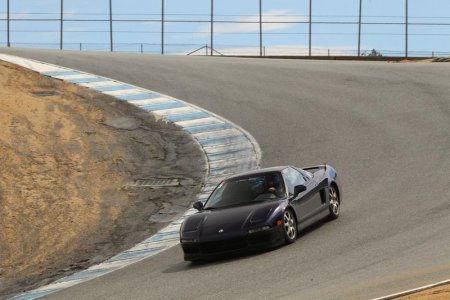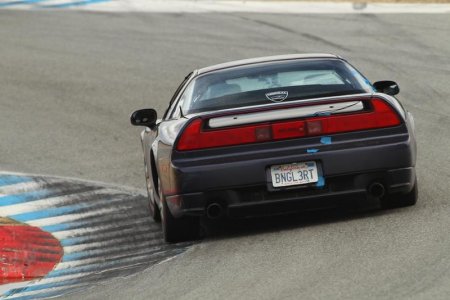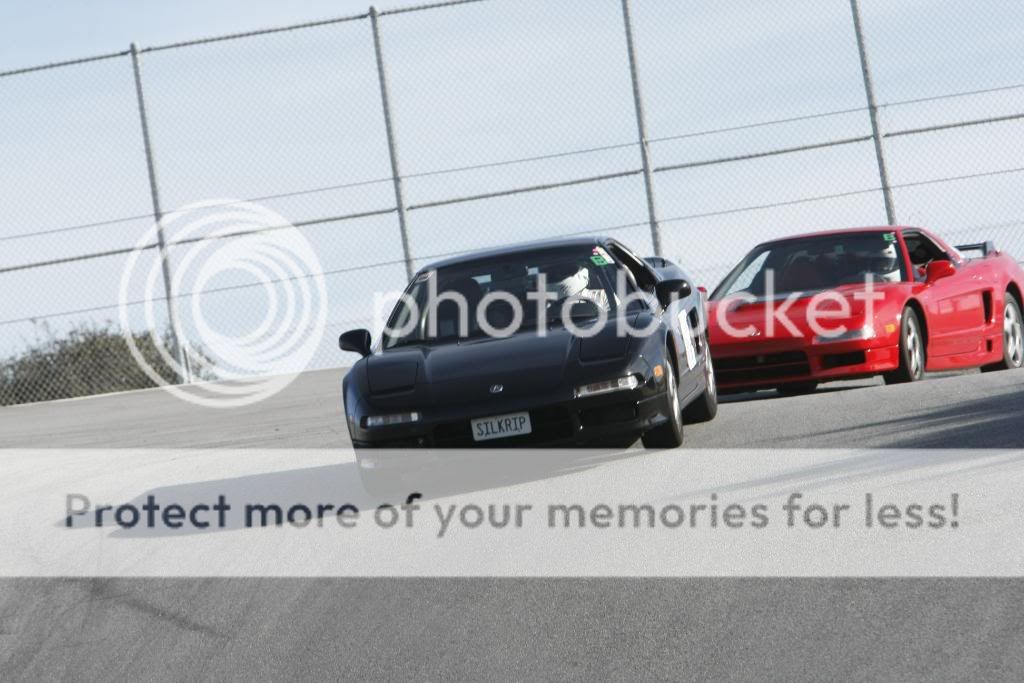The rain line will differ from track to track, turn to turn, condition to condition.
IN GENERAL, the rain line might use a later apex, slower apex speed, even outside of the normal "clipping point", with a straighter exit to maximize acceleration while minimizing understeer (steering wheel is straighter), and power oversteer (again, steering wheel is straighter). That said . . .
But realistically, it's going to depend on conditions: where water is pooling; whether the surface of the turns is asphalt or concrete, especially on tracks that have been patched with concrete at apexes (I have found concrete to be unusually slippery at the tracks I've been at, Homestead and Sebring); how much rubber is down; how old the pavement is (is it "polished" on the traditional racing line?); how much it's rained and whether there is standing water; how quickly the line is drying when it does stop raining. It usually changes lap to lap.
I used to absolutely hate tracking in the rain and used to avoid it. Then I actually went out in it during HPDE. I found MUCH less traffic, in fact, one session I went out during a passing shower and saw only one other car in 30 minutes of driving (everyone else was waiting for the shower to pass so they could go out next session which was likely to be dry), and only when that car was on a parallel straightaway. It was like the entire course worker crew was there only for me. Got into a rhythm, almost a zen experience, and was really able to concentrate on a whole host of skills including where to look, how to be exceptionally smooth, how to catch the car, experimenting all over the track to find grip. It might be the best track driving session I've ever done, not from a speed standpoint but from advancing my understanding of driving dynamics, car control, and just plain being one with the car and FUN.










